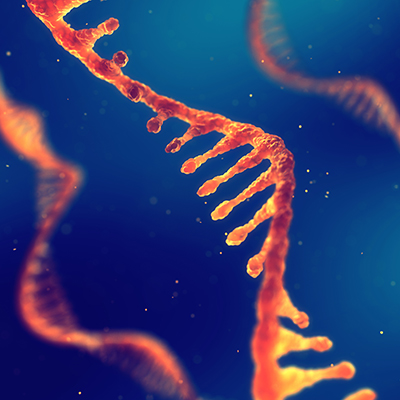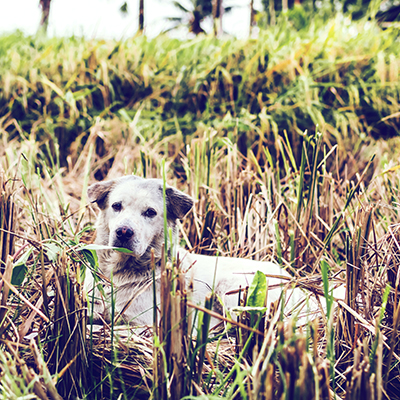May 7, 2020 -- A new study has identified nearly 200 recurrent genetic mutations in the SARS-CoV-2 virus. The findings, published as a preproof in Infection, Genetics and Evolution on May 5, could offer clues to how the virus is adapting and evolving in humans and lead to optimal drug and vaccine targets.
The first whole-genome sequence of the SARS-CoV-2 virus (Wuhan-Hu-1) was deposited in the U.S. National Center for Biotechnology Information (NCBI) GenBank on January 5, 2020. Human-to-human transmission was confirmed on January 14, by which time SARS-CoV-2 had already spread throughout countries around the world. Ultimately this led to the World Health Organization declaring COVID-19 a pandemic on March 11.
Unprecedented genomic resources for SARS-CoV-2
Genetic sequencing data from the pathogen can shed light on key epidemiological parameters and can inform drug and vaccine design. Currently, there are thousands of global SARS-CoV-2 whole-genome sequences available on the rapid data sharing platform hosted by the Global Initiative on Sharing All Influenza Data (GISAID). And virus evolution can be tracked with cutting-edge data visualization tools like Nextstrain and CoV-GLUE.
"Being able to analyze such an extraordinary number of virus genomes within the first few months of the pandemic could be invaluable to drug development efforts, and showcases how far genomic research has come even within the last decade," said author Lucy van Dorp, PhD, of the University College London Genetics Institute (UGI), in a statement. "We are all benefiting from a tremendous effort by hundreds of researchers globally who have been sequencing virus genomes and making them available online."
How SARS-CoV-2 has mutated and how it will continue to evolve
With this information in hand, researchers led by a team from UGI analyzed the genetic diversity of SARS-CoV-2 since the beginning of the COVID-19 pandemic, focusing on mutations that emerged independently multiple times (homoplasies) as they are likely candidates for continued adaptation of the virus.
The results add to a growing body of evidence that SARS-CoV-2 viruses share a common ancestor from late 2019, corresponding to the start of the COVID-19 pandemic. However, the genomic diversity of SARS-CoV-2 populations circulating in different countries suggests that local epidemics were seeded by a large number of independent introductions to the virus.
"All viruses naturally mutate," said co-lead author Francois Balloux, PhD, of UGI. "Mutations in themselves are not a bad thing and there is nothing to suggest SARS-CoV-2 is mutating faster or slower than expected. So far we cannot say whether SARS-CoV-2 is becoming more or less lethal and contagious."
Generally, mutations were not evenly distributed across the virus genome. Permutation resampling of the open reading frame of SARS-CoV-2 encoding nonstructural proteins and four structure proteins -- spike, envelope, membrane, and nucleocapsid -- revealed a cohort of 198 positions of putative homoplasies. These positions were associated with 290 amino acid changes across all sampled genomes (over 7,500). Of the 198 homoplasies detected, 80% code for nonsynonymous changes -- those that alter the amino acid sequence of a protein -- reflecting ongoing adaptation in human hosts.
While the vast majority of mutations observed in circulating SARS-CoV-2 to date are likely neutral, the researchers identified the strongest homoplasic sites within the open reading frame and in the spike region. The strongest homoplasies were observed at site 11,083 in the SARS-CoV-2 genome encoding Nsp6, a region associated with CD4+ and CD8+ T-cell reactivity. A strong recurrent mutation in nucleotide position 21,575 corresponding to the SARS-CoV-2 spike protein was identified, although it was detected outside of the N-terminal and receptor binding domains.
"A major challenge to defeating viruses is that a vaccine or drug might no longer be effective if the virus has mutated," explained Balloux. "If we focus our efforts on parts of the virus that are less likely to mutate, we have a better chance of developing drugs that will be effective in the long run."
Do you have a unique perspective on your research related to virology or functional genomics? Contact the editor today to learn more.
Copyright © 2020 scienceboard.net








